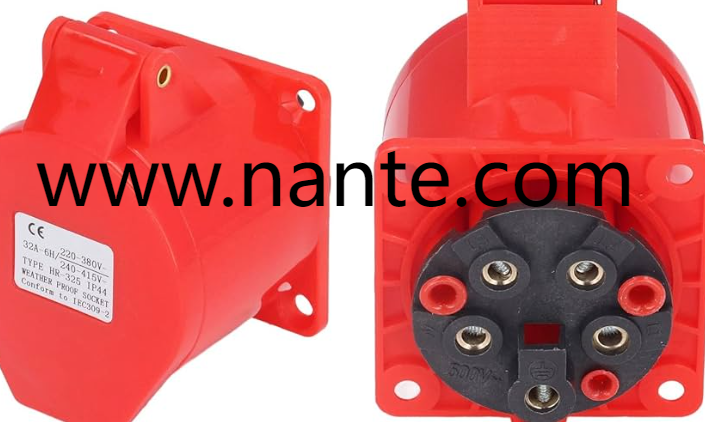As the need for external power access grows across residential, commercial and industrial zones, protecting an outdoor electrical distribution panel from unpredictable weather has become a serious consideration for project managers and installers. With storms, high humidity and temperature swings putting increasing pressure on infrastructure, weatherproofing isn't just a precaution—it's an essential strategy for system reliability.
The functionality of outdoor equipment is directly affected by environmental exposure. Rain infiltration, airborne particles and temperature-related expansion can compromise both safety and efficiency. Whether a panel is supplying backyard lighting or supporting remote operations, preparing for moisture intrusion and thermal stress must begin before installation.
Effective weatherproofing starts with material choice. Selecting a cabinet with corrosion-resistant qualities ensures surface durability in damp or salty air. Metal units with treated coatings or synthetic enclosures built for outdoor service resist rust, fading and brittleness. These properties maintain enclosure integrity through seasonal extremes and extend the working life of installed components.
Positioning the enclosure correctly also reduces exposure. Installing the distribution unit away from direct splash zones or beneath slight overhangs limits contact with heavy rainfall. Mounting the panel a few inches off the ground can prevent water accumulation at the base and reduce splashback during storm runoff or pressure cleaning.
Sealing is another critical factor. Gasket-lined access doors help prevent water ingress, while properly fitted covers keep dust and insects away from sensitive components. Cable entries should feature strain relief glands that also seal around wires. This approach preserves insulation and minimizes the risk of shorts due to trapped condensation.
Ventilation plays a key role in managing interior humidity. Including weather-shielded vents allows heat to escape without letting water or debris in. Proper airflow keeps internal temperatures steady and helps dry out any moisture that may enter during extreme shifts in climate. This reduces internal corrosion and contact degradation over time.
Regular inspection and upkeep ensure the weatherproofing measures remain effective. Technicians should check for cracks, loose covers, and gasket wear. Any visible damage or signs of rust should be addressed promptly. Cleaning panels gently and avoiding corrosive cleaners also preserves sealant properties and exterior coatings.
In regions known for intense sun exposure, protecting against UV radiation is just as important as waterproofing. UV resistant materials help prevent surface degradation and cracking. Combining shade structures or sun shields with resilient materials adds further defense against long term exposure.
Proper drainage is often overlooked in outdoor installations. Any design should include a slight slope or outlet near the bottom to allow condensation or rain that enters the box to exit harmlessly. Without drainage, even a small amount of water can accumulate and disrupt performance during the most critical usage periods.
When selecting a panel for external projects, it's valuable to consider models already engineered with these protections in mind. Units designed for harsh conditions typically offer reinforced housing, sealed entry points, and finishing that reduces wear from weather and handling. These attributes reduce on-site modification and speed up installation time.
Lastly, accessories such as locking mechanisms, insulation linings and integrated mounting brackets support both safety and installation flexibility. A comprehensive approach to weather protection blends rugged design with thoughtful detail. It's not only about keeping rain out but about supporting electrical flow even when outdoor conditions are far from ideal.
Weatherproof planning is now central to every outdoor power project, especially where continuous operation is critical. For those seeking durable and practical panel solutions for varied environments, visit www.nante.com/product/ for tailored options built to handle everyday outdoor challenges.



